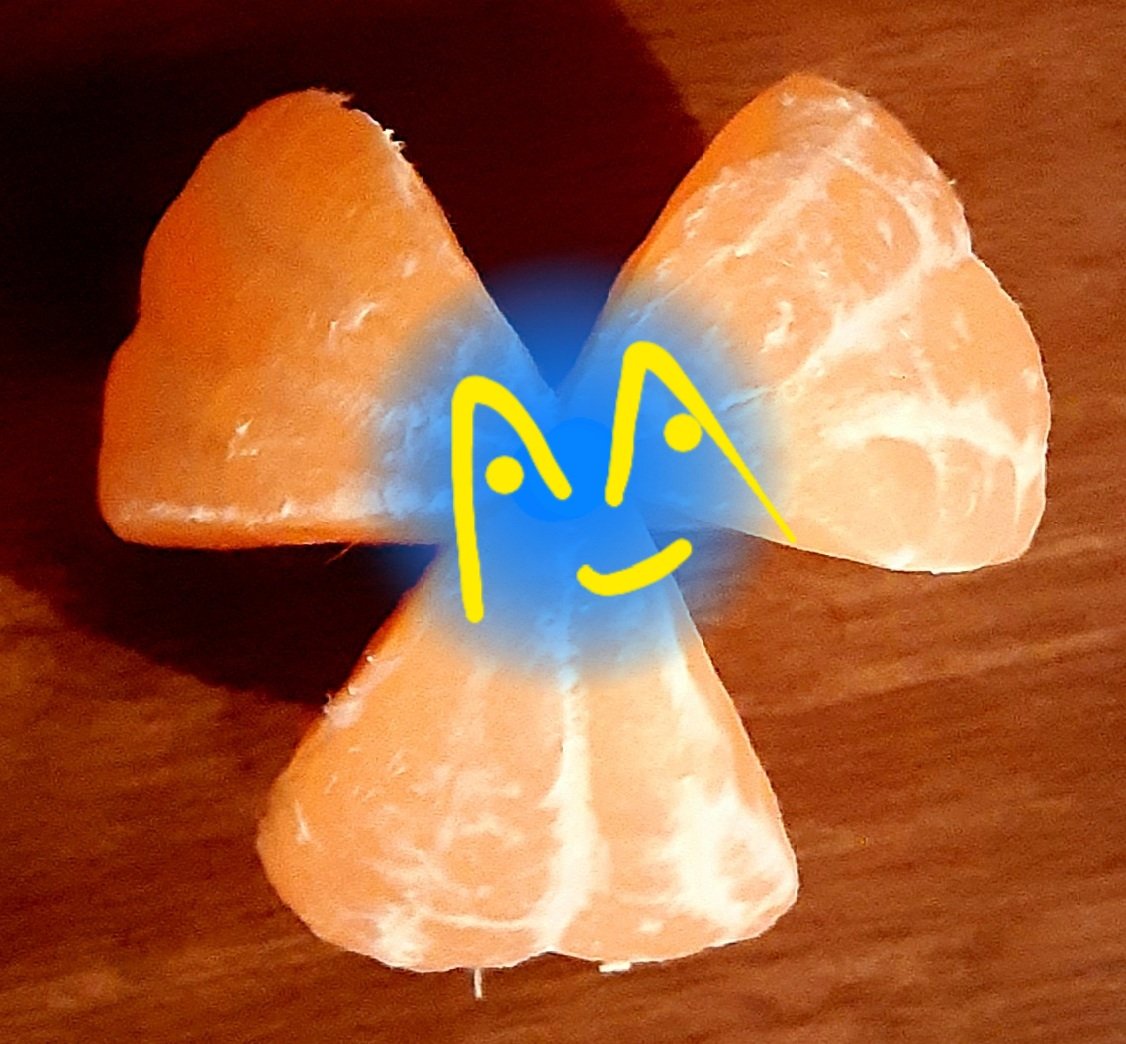- cross-posted to:
- science_memes@mander.xyz
- cross-posted to:
- science_memes@mander.xyz
cross-posted from: https://lemmy.world/post/27589038
First of all, why are they in the chip aisle looking for resistors? Everybody knows they’re in the bread aisle…
If you’re breadboarding this, you’ve already lost
He’s going to make potato chip resistors to get the right number of course.
Just count the ripples!
Careful, capacitors reduce ripples
I used to make shunt resistors out of a pencil and a piece of paper. Rub pencil all over paper, cut strips to size of required resistance.
EDIT: I mean megaohm resistors not shunt resistors. 20MOhm for DIY theramin.
I admire it but also…wtf lol
I made a potentiometer with paper and graphite clay once
Confuses me that anybody would downvote you for this. I’ve made makeshift capacitors out of rolled aluminum foil. It’s dumb, but it worked for what I wanted (triggering a trackpad via stepper motors for testing microcontroller code.) Plus I just wanted to see if it even worked. Life = science experiments.
This is exactly how high precision resistors are calibrated. A laser is usually used to notch out bits of the resistor to tune it after it’s made.
That’s cool, could you share some photos? The theramin I mean
There is if you have a potentiometer and a steady enough hand!
U probably need a climate controlled box as well.
Can you even measure that accurately? Like is it physically possible?
Based on some rough calculations… no. A precision of 0.0000000000001 ohms is 1000x less than the resistance of 1um of copper with a diameter of 1cm (A piece of wire 10,000x wider than it is long). I’m sure a few molecules of air between your contact points would cause more noise in the measurement.
I thought it had to do with physicists working off theoretical calculations finding precise values for the circuit and not realizing that components come in discrete values.
Yeah, but they could just calculate the right mix of parallel and series discrete resistors to get there.
It’s gonna make a long BOM though.
Lol, I was actually going to add that but decided it would be too pedantic if I said it myself.
What’s the significance of that number? It’s less than 0.1 away from tau, but somehow I doubt that’s it…
deleted by creator
An experimental physicist should know as far as I know meanwhile a real (theoretical) physicist would probably not even touch numbers that have those scary decimals.
I can’t be arsed to check but I think it’s 2 pi which is useful when dealing with sine waves.
2 pi is tau, which is what I said it’s less than 0.1 away from, but still not equal to.
For me, it was this video. It came out shortly after I graduated high school, and though I was pretty good at maths, I struggled to really conceptualise the fundamental intuition behind trigonometric functions and the (polar) complex plane. Instead, I was relying on brute memorisation of the unit triangles. Learning about tau and how it relates just instantly caused everything to click with me.
That’s a fantastic video. I follow Numberphile but never saw this one, thanks for sharing.
Simple, all you need is a 6 ohm resistor and a 0.18457216 ohm resistor in series.
No just get a bunch in parallel!
Fixed resistors
https://en.m.wikipedia.org/wiki/Resistor
The TCR of foil resistors is extremely low, and has been further improved over the years. One range of ultra-precision foil resistors offers a TCR of 0.14 ppm/°C, tolerance ±0.005%, long-term stability (1 year) 25 ppm, (3 years) 50 ppm (further improved 5-fold by hermetic sealing), stability under load (2000 hours) 0.03%, thermal EMF 0.1 μV/°C, noise −42 dB, voltage coefficient 0.1 ppm/V, inductance 0.08 μH, capacitance 0.5 pF.Quantum based resistors :
https://en.m.wikipedia.org/wiki/Quantum_Hall_effect
Quantum Hall effect →
Applications →
Electrical resistance standards :(…) Later, the 2019 revision of the SI fixed exact values of h and e, resulting in an exact
RK = h/e2 = 25812.80745… Ω.(this is precise to at least 10 significant digits)
Quantum Ampere Standard
https://www.nist.gov/noac/technology/current-and-voltage/quantum-ampere-standard
.
https://www.nist.gov/noac/technology/current-and-voltage(…) Quantum-based measurements for voltage and current are moving toward greater miniaturization (…)
(there also been research for defining a quantum based volt standard)
A 6.2R in parallel with a 2.5K is pretty close.
Add in a 400k and you’re better than most tolerances you can find
This implies a physicist would do anything practical ever
And no spherical cows either??
Ohm no !
Love how there are so many actual solutions in The comments
But not really. At this level of precision, the heat from electricity passing through it would throw off the actual resistance value.
Bet they’re all engineers.
Lol this one was great, thanks for sharing. My partner teaches physics and I do EE on the side, I like rubbing these in her face sometimes.
That’s revolting.










